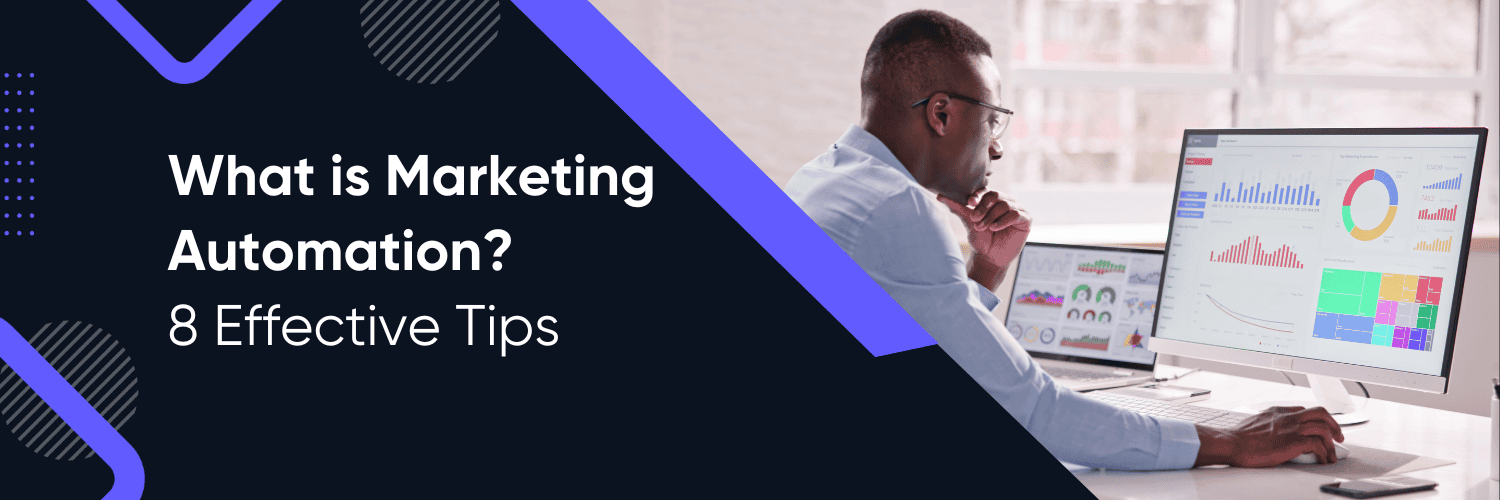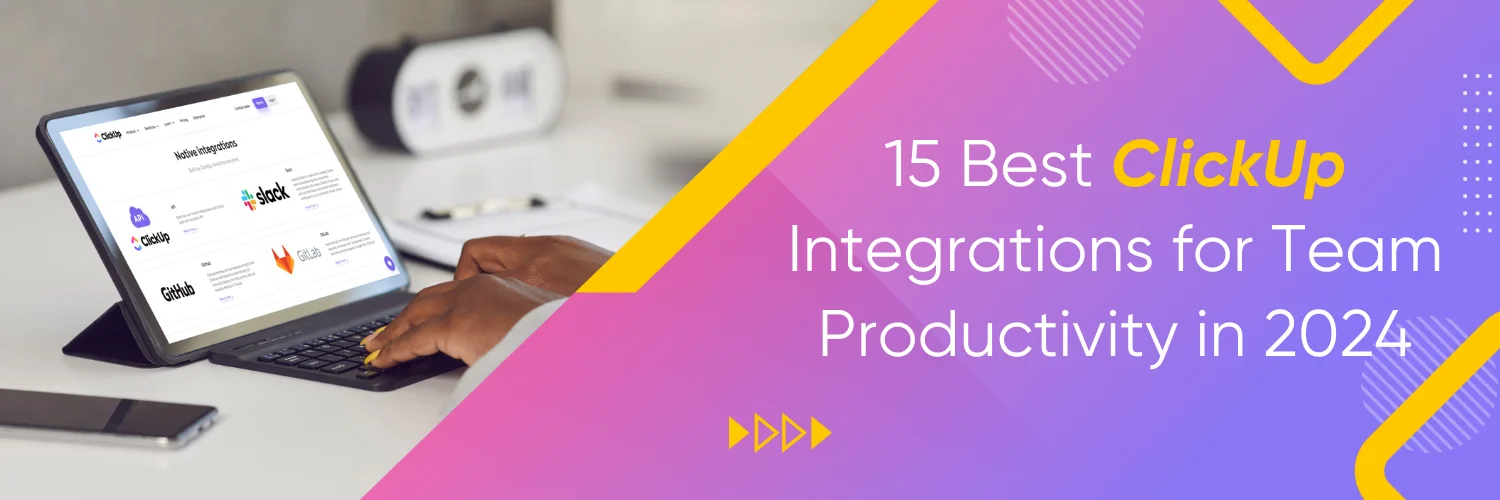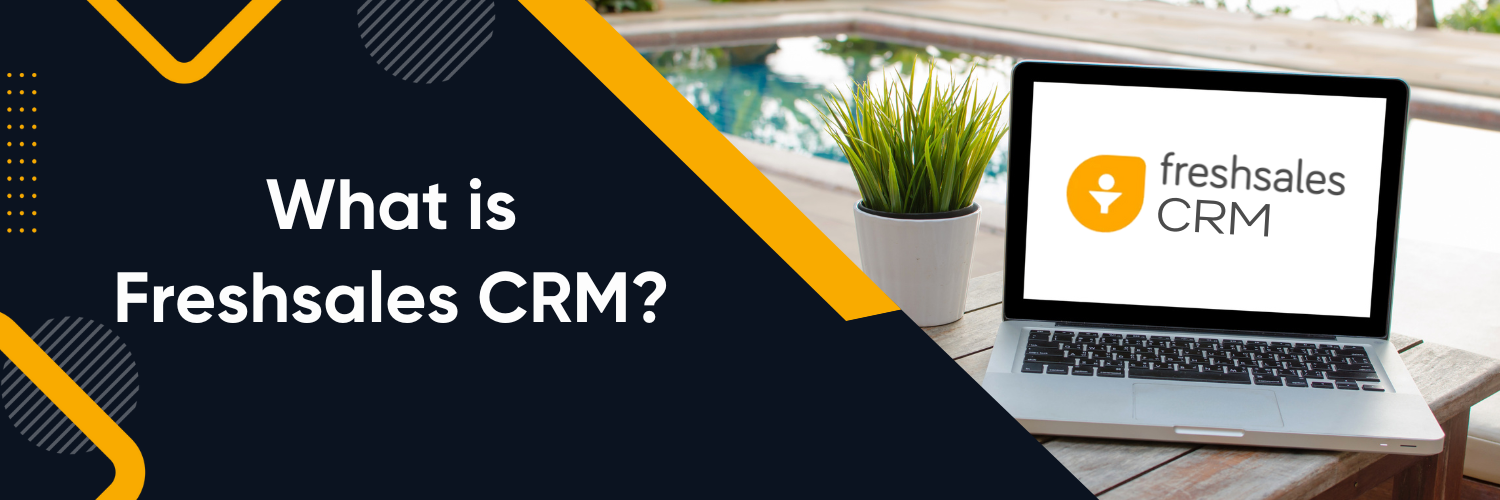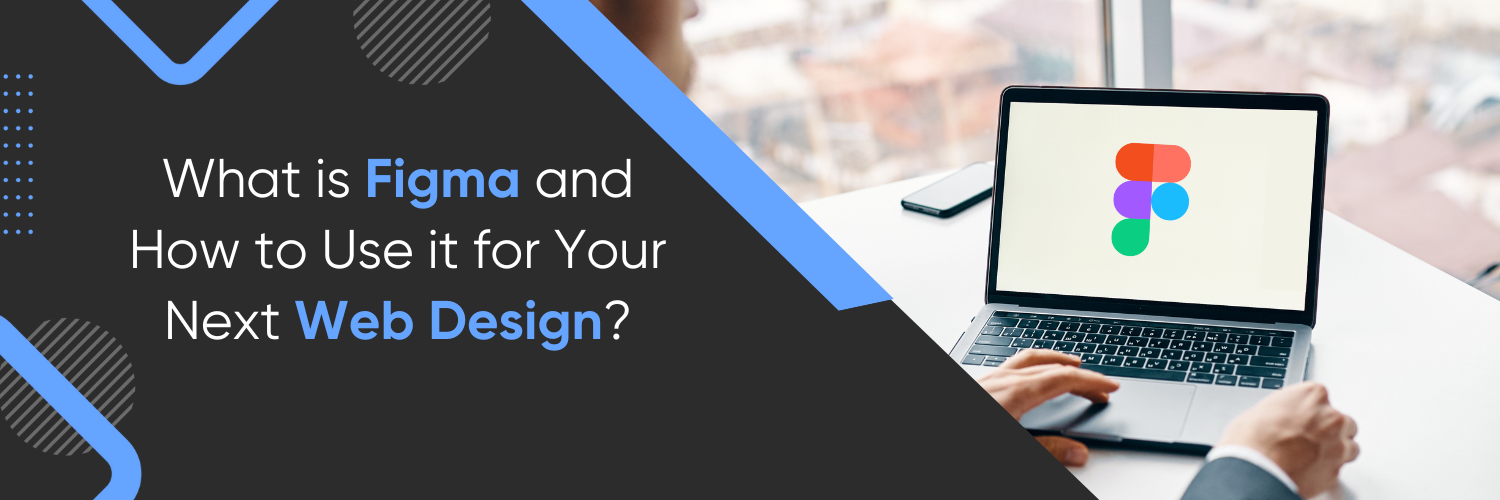What is Marketing Automation?
Marketing automation uses a software that handles repetitive marketing tasks automatically, without human intervention. It’s used by businesses to save time and do things like sending emails, posting on social media, and managing ads. It’s important because it frees up marketers to focus on creative work and strategic planning. It helps marketers by making campaigns more effective, nurturing leads with personalized messages, and tracking customer interactions without needing constant attention.
What can Marketing Automation do?
Automation tools help you automate the entire marketing process. They allow you to create a more efficient, effective and consistent flow of communications to your customers. It’s important to do the things that are most effective at the times when they are most effective. If you have an established brick-and-mortar business, there’s no need to worry about this.
Marketing automation is easy to use if the company has a clear strategy in place before implementing it. The company must know what they want to achieve from marketing automation and how it will fit into their overall business strategies. The company should also clearly understand marketing automation’s roles in their business and what they want to accomplish with it.
Marketing Automation Categories
Marketing automation can be broken down into four main categories: email marketing, CRM, e-commerce tracking and customer messaging.
Email Marketing
Email marketing includes the use of both transactional emails (emails sent after purchase or event), promotional emails, and drip marketing.
Customer Relationship Management (CRM)
Customer relationship management, or CRM, is the process of managing relationships with existing and potential customers in order to maximize customer satisfaction, build brand loyalty, and increase business profitability.
For example, a CRM in marketing automation would allow an organization to create lead lists, set up email campaigns, and build an effective campaign strategy.
CRM helps businesses collect data on their interactions with their customers, such as email opens and click-through rates. Companies should have a strategy in place before implementing marketing automation. The company must know what they want to achieve from the automation and how it will fit into their overall business strategies. You should have a clear understanding of the roles that marketing automation plays in your business.
E-Commerce Tracking
Marketing automation is the practice of analyzing customer interaction with marketing content. E-commerce tracking in marketing automation can help your business measure how many conversions happen on your website. It also keeps an eye on how long people stay on your site, what pages they browse, and what they purchase. The more information you give Google, the better its results will be.
Customer Messaging in Marketing Automation
Marketing automation software can streamline the process of communicating with customers. Marketing automation software provides the ability to create personalised campaigns for each customer and target specific groups or individual customers. This type of marketing automation software uses a chatbot to automate customer messaging. Chatbots are artificial intelligence programs designed to mimic a human conversation. They can answer questions, collect data, and complete tasks on behalf of a customer.
What is Marketing Automation Software?
Marketing automation software helps automate the customer journey by managing lead generation, lead nurturing, lead management, and lead scoring. This allows for more time spent on other aspects of the business, such as sales.
What to Look for in Marketing Automation Tools
Marketing automation tools provide software integrations that help marketers personalise, automate, and listen to their customers with Artificial Intelligence. Furthermore, the ability to listen with AI technology is becoming more clear – with the ability to collect and parse information from various online/offline sources concerning what customers want or need with an innovative strategy to specific an app.
Common Challenges when using Marketing Automation
Here are the challenges faced by marketers when using marketing automation to streamline their campaigns:
Integration of CRM and marketing automation
Unfortunately, most CRMs don’t integrate with modern marketing automation systems. This makes it difficult to provide a truly automated experience across all areas of the customer journey.
Team training
Team training in marketing automation is a challenge because many marketers today are new to this type of software and it’s best to have an experienced team on-hand when teaching. The team training in marketing automation is a challenge because the marketers that use this software are new to it and they need to have an experienced team on hand to help teach them the program.
Spending too much money on it
Marketers have to have a deep understanding of the spending requirements of the marketing automation systems they intend to use before committing to them. It clearly understands to stop, and the temptation to keep the money flowing may end up costing more in the long run. A marketer’s decision to spend more money on marketing automation may be influenced by how soon they expect to return on their investment or ROI.
Benefits of Marketing Automation for Businesses
These are the five key company-wide benefits of implementing a marketing automation solution.
1. Reduce your staffing costs
You can use marketing automation software to make your one-man show equal to a team of 50 people. That means you can do twice as much work with the same amount of people because it’s the oldest and the most tested way in the world to sell stuff. In addition, it lets you create multi-level “automated drip campaigns” set off by specific events or actions on your part. So, for example, if your customer has not opened an email from you in 7-days, he will receive a follow-up message.
After a few months of working these leads, your business will probably be sending out thousands of personalized emails each day on autopilot.
2. Increased revenue and average deal size
Automating your cross-sells, up-sells, and customer follow-ups will increase your customer’s LTV (Lifetime Value). It’s easy-to-implement, and it will boost your bottom-line profits. However, if you want to get the most out of your advertising, you have to think about it differently. Combine this tip with lead management and prioritization, and your return on investment will be through the roof.
Increase your sales by increasing your offers, your profits by increasing your prices, and your deals/contracts by making them more favourable to your customer.
3. Improve accountability of marketing & sales teams
Without marketing automation, it’s very difficult to know what’s going on in your company. Clear processes and reporting of the status of your orders, leads, customers, and marketing campaigns will help you find problems and bottlenecks before they become crises.
Suppose marketing is the department that creates the campaign to capture those hundreds of leads and creates the campaign to nurture those leads to sales qualification. In that case, the marketing department will receive immediate and impartial feedback on what needs to be improved.
Having a 360-degree feedback system in place ensures that staff and departments are held accountable for the performance of their part of the system. This improves overall system effectiveness.
4. Be more effective
No matter how large or small your team, you have a limited amount of resources to increase the size of your business. Automated marketing allows you to get more done in the same amount of time as you would otherwise have available.
5. Less repetition, more creativity
When you replace human intervention with algorithms and automation, you naturally improve the quality of service you provide. Your customer will receive faster, more accurate answers than before, and your employees will have more time for higher-value tasks.
8 Tips for an Effective Marketing Automation
Marketing automation can significantly boost efficiency for small businesses. Here are eight simple tips to make your marketing automation efforts more effective:
1. Know Your Audience
Understanding your audience is crucial for effective marketing automation. For example, if you run a small local bakery, knowing that your customers prefer weekend promotions or discounts on special occasions can help you tailor automated email campaigns to increase engagement.
2. Start Small
Begin with a manageable number of automated processes to avoid overwhelm. For instance, if you’re a boutique clothing store, start by automating personalized thank-you emails after a purchase. As your confidence grows, you can expand automation to include follow-up offers or loyalty program updates.
3. Personalize Your Messages
Utilize customer data to create personalized messages. For a subscription-based service, automate personalized recommendations based on past preferences. This not only improves customer satisfaction but also encourages repeat business.
4. Choose the Right Tools
Select user-friendly and cost-effective automation tools tailored to your small business. For example, if you’re a local fitness studio, choose tools that integrate seamlessly with your scheduling software, allowing you to automate class reminders and promotions efficiently.
5. Set Clear Goals
Define specific goals for your marketing automation efforts. If you own a small online bookstore, set a goal to increase newsletter sign-ups. Clear goals help measure success and guide your automation strategy toward achieving tangible outcomes.
6. Regularly Analyze Results
Monitor and analyze the performance of your automated campaigns. For instance, if you operate a small online art gallery, analyze the click-through rates of automated promotional emails. Adjust your strategies based on data insights to optimize results over time.
7. Integrate Platforms
Integrate your marketing automation tools with other business platforms. If you run a small consulting firm, integrate your automation tools with your customer relationship management (CRM) system for a seamless flow of information and improved client communication.
8. Provide Value
Ensure your automated content provides value to your audience. For a local coffee shop, automated social media posts can share not just promotions but also interesting coffee facts or behind-the-scenes glimpses, fostering a sense of community and loyalty.
Ready to automate your business?
Marketing automation seems complex for you for now, but we at Ubique Digital Solutions will make the work easier for you. UDS comprises great and professional marketers who use HubSpot Marketing Automation tools to implement different marketing automation for your business. HubSpot helps integrate different and useful automation that will surely make your digital marketing comfortable and helps you save more time from doing repetitive tasks. Reach out to us now.
FAQs
Q: How does marketing automation help marketers?
Automation is the wave of the future. With marketing automation, the most effective demand generation and lead management programs can be personalised with the right content and targeted to deliver the right message at the right time. To help you generate more leads and make more sales, we recommend you ask someone who knows about marketing automation to critique your current lead generation efforts.
Q: How does marketing automation benefit sales teams?
Marketing automation makes it easier for sales teams to manage leads by sorting them and focusing on the most promising ones. It also sends personalized emails and content to keep leads interested until they’re ready to buy. By understanding how prospects behave, it helps salespeople communicate more effectively, leading to more sales. Plus, it saves time by handling repetitive tasks.













